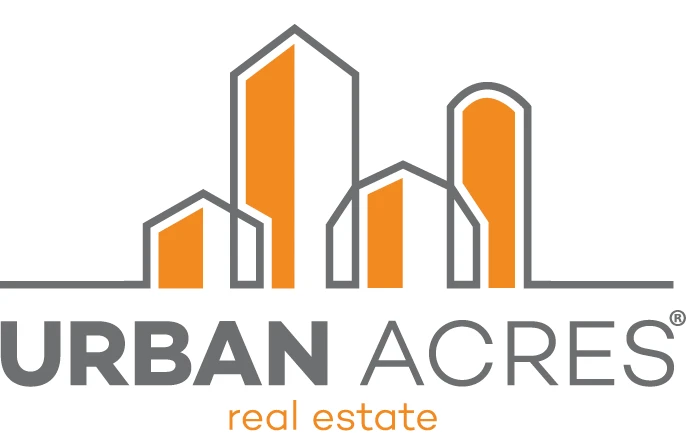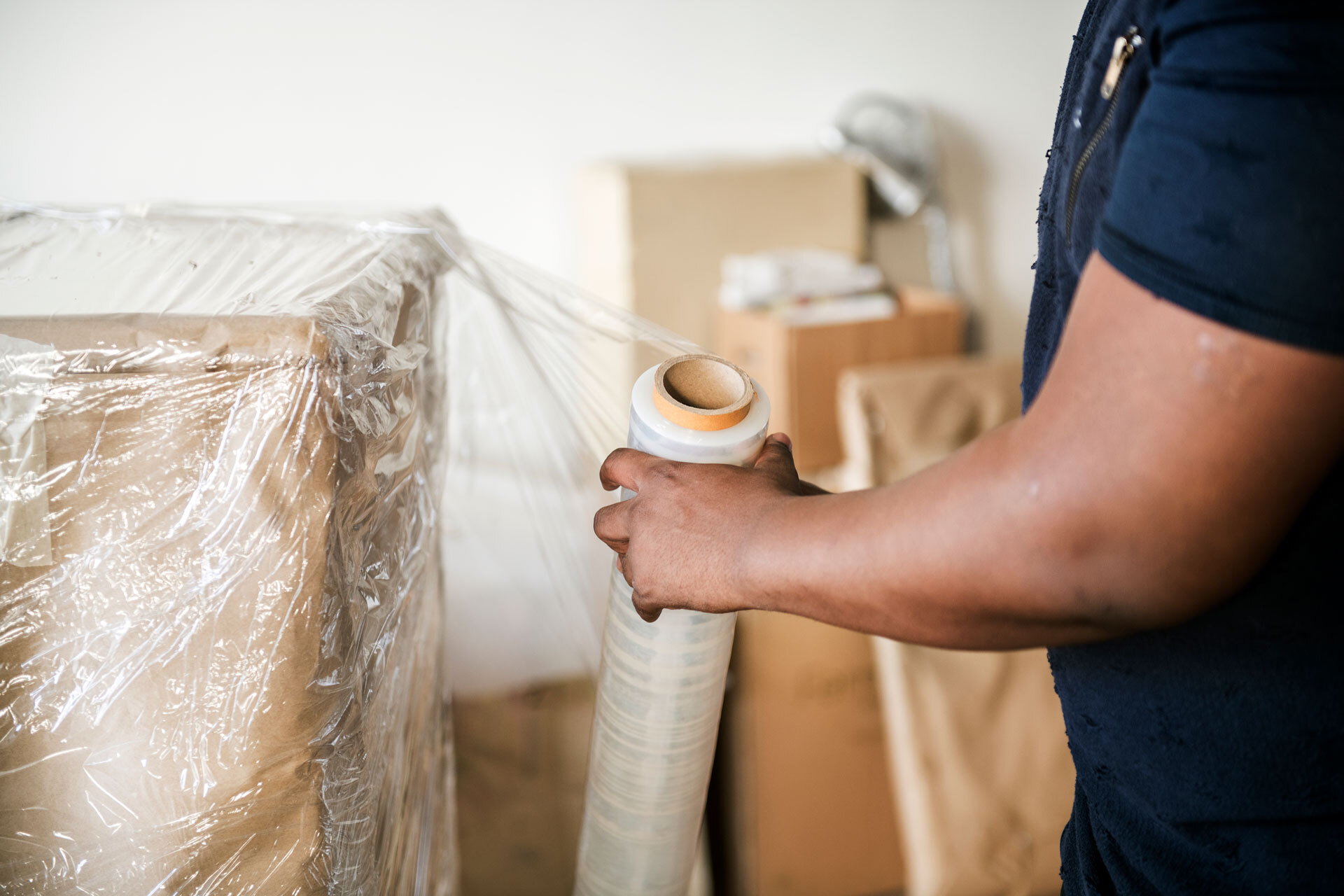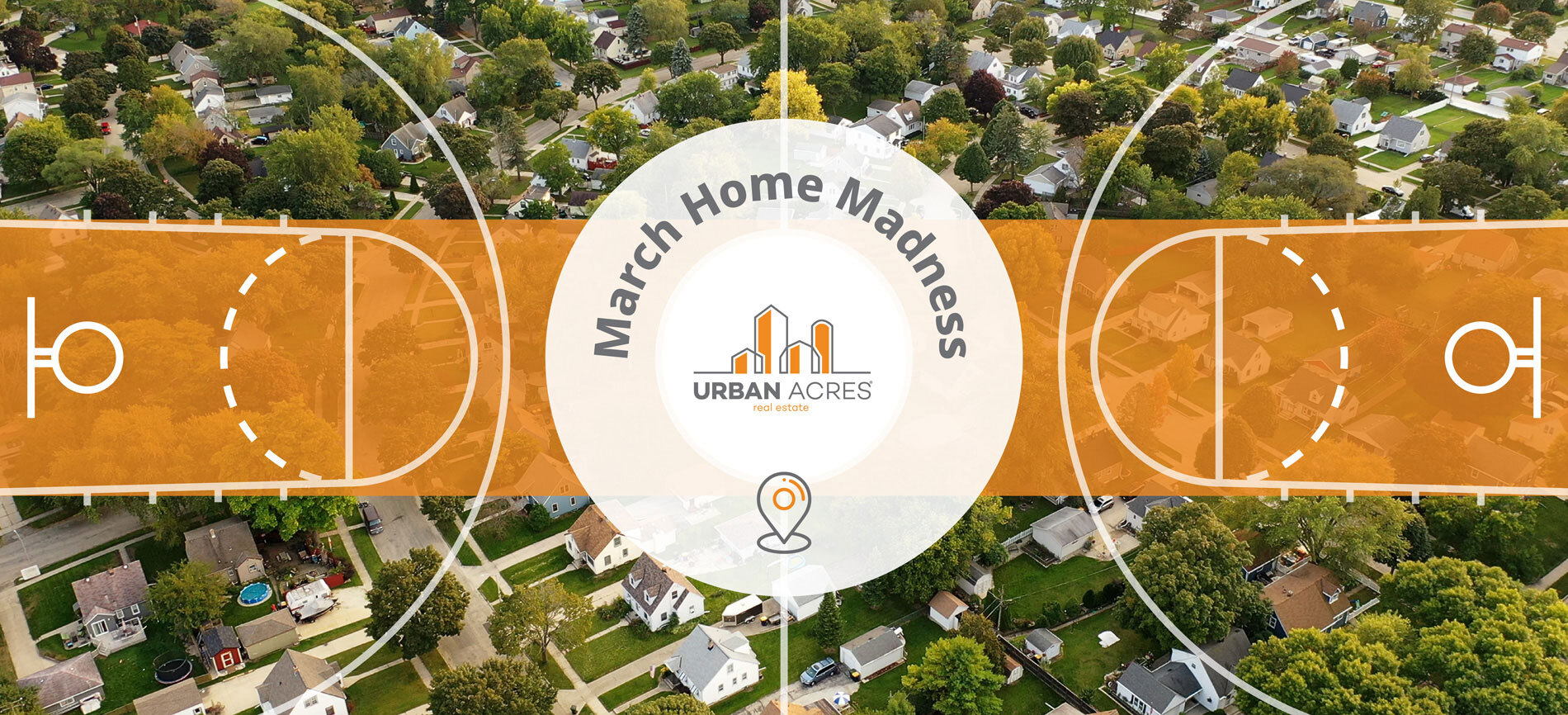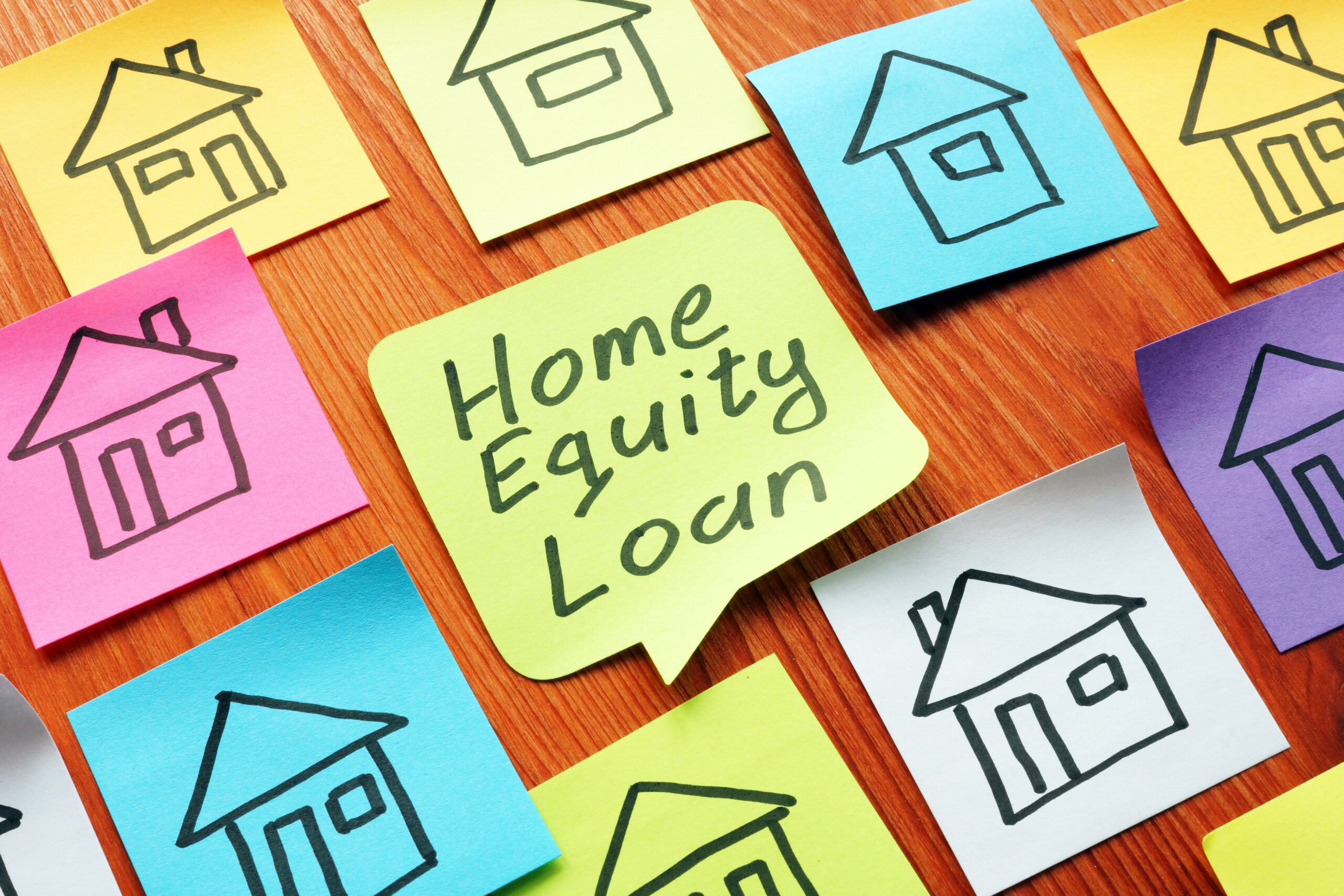Even if you’ve never purchased a home, you’ve probably heard the cardinal rule. You should put at least 20 percent down. Why? Because it can lower your monthly mortgage payment, interest rate, and fees. But some finance experts say this is no longer the case. A 20 percent down payment isn’t always the wisest choice for smart investors.
So what does this mean for the average home buyer? Let’s start by learning a little more about home down payments.
What is a Down Payment?
A down payment is the money you pay to get a home loan. It represents your ownership stake in your future home and property. Depending on the type of loan, you can put as little as 3.5 (or even zero) percent down. But you’ll likely have a higher monthly mortgage payment. Factors like the size of your loan, interest rate, and private mortgage insurance (PMI) influence this amount. This is because a lower down payment is a bigger risk to the lender.
Private mortgage insurance (PMI) or mortgage insurance is the upfront fee built into your monthly mortgage payment. Once you have 20 percent equity in your home, PMI is no longer needed.
Your down payment is a percentage based on the sale price of the home. For example, if you were purchasing a $300,000 home, a 3.5 percent down payment would be $10,500. On the other hand, a 20 percent down payment would be $60,000. For many homebuyers, especially first-time homebuyers, the second number can be more difficult to stomach.
To see your down payment options based on your home value, location, and credit score, check out SmartAsset’s down payment calculator. It’s a useful tool for exploring various scenarios.
Benefits of Putting 20% Down
There are some obvious benefits to making a 20 percent down payment.
- You’ll pay fewer fees up front.
- Your ongoing fees will also be lower.
- You’ll have more equity in your home immediately.
- Your monthly mortgage payment will be lower.
Most people don’t have easy access to large amounts of cash. This is where other sources of money like retirement funds (individual retirement account (IRA) and 401K), stocks and bonds, gifts, tax refunds, and security deposits come into play. But you’re probably thinking, “Is it a good idea to dip into my retirement savings to make a down payment?”
Drawbacks of the 20% Down Payment
Depleting your financial safety net is generally never a good idea. Imagine hitting retirement and not having enough money to live comfortably, or purchasing the home of your dreams, only to be blindsided by costly home repairs. Access to liquid assets (cash or assets you can convert to cash) can be critical to avoiding additional loans. And sometimes you just can’t swing the 20 percent down payment.
Some other cons of putting 20 percent down on your home purchase:
- It might take you years to save for your down payment. Rent can be costly and doesn’t allow you to build up equity.
- If you drain your savings to make a down payment, you might not have enough to cover closing costs and other fees.
In an economic downturn, a large down payment can leave you financially overexposed until the housing market recovers.
Down Payment Required by Loan Type
Below are some common loan types, according to Bankrate. We’ve outlined the major pros and cons of each.
Conventional Mortgage
Minimum Down Payment Required: 3-5%
Pros:
- It’s easier for most homebuyers to get a mortgage loan.
- You won’t have to save as much money and can purchase a home faster.
Cons:
- You’ll pay private mortgage insurance (PMI).
- Your interest rate will be higher.
- Conventional mortgages have more income and credit restrictions.
FHA Loan
Minimum Down Payment Required: 3.5%
Pros:
- If you have a lower credit score, you won’t pay more.
- You’ll have lower borrowing costs if you can afford to put down 5 percent or more.
Cons:
- You need a FICO score of at least 580 (a challenge for some homebuyers).
- If your down payment is less than 10 percent, you’ll pay PMI until you sell or refinance your home.
VA and USDA Loans
Minimum Down Payment Required: 0%
Pros:
- Your loan comes from a regular lender and is backed by the Department of Veterans Affairs or the U.S. Department of Agriculture.
- You won’t pay mortgage insurance.
Cons:
- Even though you won’t pay mortgage insurance, you will pay a guarantee fee.
What about Home Equity Loans?
You might be thinking, “Okay, a 20 percent down payment would take a good chunk of money from my rainy day fund. But if something comes up, there’s always a home equity loan.” Some repeat homebuyers even consider using their home equity as a down payment for a new home.
The important thing to consider here: As the name suggests, a home equity loan requires existing equity in your home. With a home equity loan, you get a lump sum of money and pay it back in installments. If you’ve just purchased a home, you won’t have equity established unless you’ve made a sizable down payment. For the repeat homebuyer with equity in their home, the home equity loan can be a good option for assisting with the down payment for their next home.
Home equity is the difference between the value of your home and what you owe the bank.
There’s also the home equity line of credit (HELOC). It’s essentially a second mortgage that turns your home value into cash. How much cash? Up to 85 percent of your home’s value minus the balance remaining on your mortgage. The HELOC allows you to put 20 percent down on your home and keep some of your liquid assets. It acts as a revolving line of credit you can use for larger expenses. HELOC interest can also be tax deductible.
Are either of these options right for you? If you’re a first-time homebuyer, probably not. But if this is your second or third home purchase, the answer is maybe. While the home equity loan and HELOC can provide access to the money you need, they also come at a cost. If you can’t pay back what you borrow, you risk losing your home. Plus, if you have variable income, the HELOC can be costly with its upfront expenses. Not only will you pay fees for the application, title search, appraisal, and attorney, but the HELOC interest rate also fluctuates.
The Bottom Line
Down payments are a personal decision. Depending on your financial situation, loan type, and risk tolerance, it might be more beneficial to put 20 percent down.
But you shouldn’t let the 20 percent rule be the only factor guiding your decision. Buying a home is one of the largest purchases you’ll make in your lifetime. Hasty decisions can have severe consequences. On the other hand, taking a few calculated risks in your investment strategy can pay dividends when you sell your home.
Our REALTORS® and lending partners can help buyers decide which down payment options make the most sense. If you have a question about anything we’ve covered in this post, we’d love to help steer you in the right direction. Don’t hesitate to reach out to our team!

